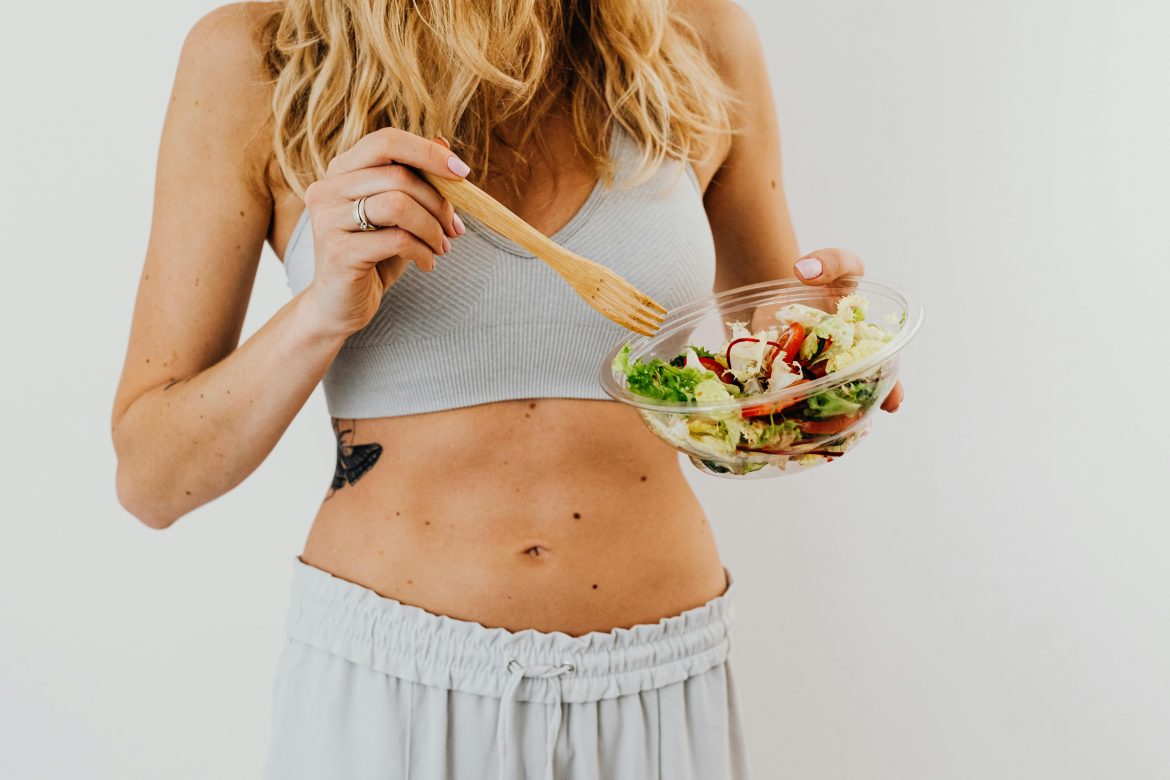It might not get as much attention as your heart or gut, but your liver is constantly working behind the scenes to keep you healthy. From clearing toxins and regulating blood sugar to aiding digestion and storing essential nutrients, this powerful organ performs over 500 vital tasks. Yet many of us unknowingly damage our liver with poor food choices and lifestyle habits.
The good news? Your liver is incredibly resilient. With the right support — including a few simple tweaks to your diet — it can heal, restore and continue to protect your body for years to come.
ALSO SEE: What is a smart ring and is it worth the hype?
Why your liver needs a little love
Liver disease is often called a ‘silent killer’ because it can progress unnoticed until it reaches advanced stages. Conditions like non-alcoholic fatty liver disease (NAFLD), hepatitis B and C, or alcohol-related liver damage are far more common than most people realise. In South Africa alone, millions are living with chronic liver issues — many undiagnosed.
Supporting your liver starts in the kitchen. While certain foods actively help repair and protect liver cells, others can quietly trigger inflammation, fat buildup and long-term damage.
So what should you reach for — and what’s best left on the shelf?
7 foods your liver will thank you for
1. Leafy greens
Spinach, kale and Swiss chard are rich in chlorophyll and antioxidants that help flush out toxins. These greens also support bile production, which is essential for breaking down fats and digesting food efficiently.
2. Fatty fish
Think salmon, pilchards and mackerel. These oily fish are high in omega-3 fatty acids, which can reduce inflammation and liver fat. Aim for two servings a week to keep your liver in top condition.
3. Olive oil
A drizzle a day goes a long way. Just one tablespoon of extra virgin olive oil daily can help regulate liver enzymes and reduce oxidative stress. It’s also a healthy replacement for butter or processed cooking oils.
4. Garlic
Small but powerful, garlic contains compounds like selenium and sulphur that activate liver-detoxifying enzymes. It’s also linked to lower levels of liver fat — and adds flavour without added salt.
5. Avocados
This creamy fruit is full of fibre and healthy fats that can reduce liver inflammation and help the body eliminate toxins. It also supports cardiovascular health, making it a win all round.
6. Green tea
Packed with catechins, green tea supports liver function and may help reduce fat accumulation. Just don’t overdo it — more than 3 to 4 cups a day (especially in supplement form) can strain the liver.
7. Beetroot
Whether roasted, juiced or grated into a salad, beetroot helps stimulate bile flow and supports the liver’s natural detox process. It also reduces oxidative damage to liver cells.
Foods to cut back on
To give your liver the best chance at functioning well, it’s important to reduce or eliminate the following:
Processed meats and sugary snacks
These can increase your risk of NAFLD by promoting fat storage in the liver.
Alcohol
Even in small amounts, alcohol puts extra pressure on the liver. Regular or heavy drinking is a leading cause of cirrhosis and liver failure.
Fried and takeaway foods
Often high in saturated fats, these meals make it harder for your liver to process nutrients and eliminate waste efficiently.
Sugary drinks
High-fructose beverages, such as fizzy drinks or flavoured iced teas, contribute to insulin resistance and liver fat buildup.
Salty packaged foods
Too much sodium can cause fluid retention and raise blood pressure, which indirectly affects liver health over time.
The bottom line – your liver has an incredible ability to repair itself — but only if it’s supported. By embracing liver-friendly foods and limiting those that do harm, you can protect one of your body’s most vital organs without any drastic lifestyle changes.
If you’re unsure about your liver health or have risk factors such as high alcohol intake, hepatitis exposure, or a history of poor diet, routine check-ups and screenings are key. Prevention is always better than cure — and it often starts on your plate.
ALSO SEE:
How to stop ‘worst-case scenario’ thinking and reclaim your peace of mind
Featured Image: Pexels

